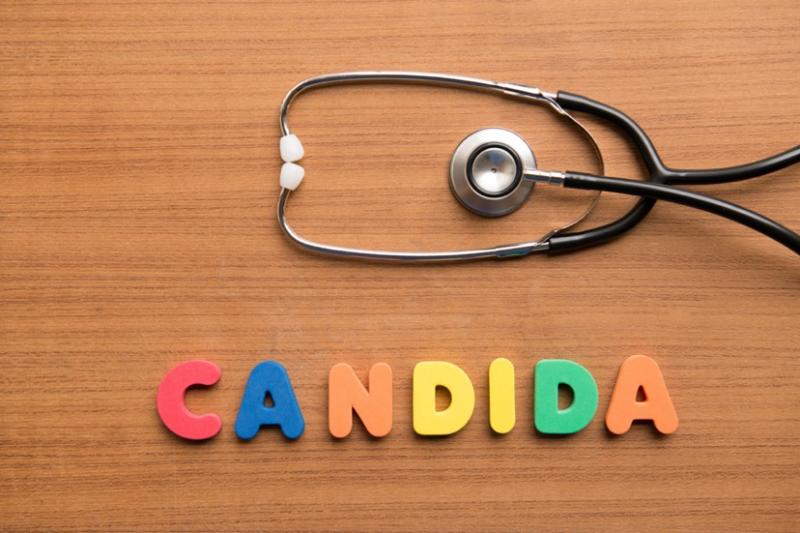5 Warning Signs of Candida Overgrowth Syndrome

Every year, there are about 25,000 candida overgrowth issues in the United States.
If you think that you have a yeast overgrowth, you’re definitely not alone. However, there are some telltale symptoms that could signify you really have an overgrowth. You will then be in a better position to determine whether you need to see you a specialist.
Read on.
1. Digestive Issues
If your stomach has been upset lately and you’re having digestive issues, this is one of the most common signs of overgrowth.
Signs in this category include bloating, abdominal cramps, and flatulence. You may also experience diarrhea and constipation.
While most people already do, you may experience a higher craving for sugar and carbohydrates because this is what the yeast will feed off of.
2. Extreme Tiredness
You may also feel extremely exhausted or fatigued with no clear explanation. It doesn’t matter how many hours you sleep, you’ll still feel tired at the end of the day.
However, this has to be a symptom that has gone on for about six months, so you’ll also need other symptoms to go with this one. Just being tired in itself doesn’t necessarily signify a yeast overgrowth.
3. Sexual Health Issues
You may also notice that you are experiencing some sexual health issues. One of the most common signs (in women at least) is a vaginal yeast infection.
These infections can cause extreme itching, and even some burning sensations or pain. Sexual intercourse may be painful, and you may have pain when you urinate.
However, some patients also experience urinary tract infections or rectal itching with candida overgrowth.
4. Skin or Nail Fungal Infections
The skin is your body’s largest organ, so it can easily attract all kinds of problems and issues.
One sign that you have a yeast infection could be skin or nail fungal infections.
If you have too much yeast in your body, it may take a physical presence on your skin. You may notice eczema, hives, rashes, and psoriasis. Psoriasis is a condition that causes the skin cells to change rapidly and multiply too quickly for the body's liking.
If your nails are also rapidly growing or have fungus growing on top of them, it could be a sign of a larger issue.
5. Recurring Infections
Lastly, recurring infections that don’t seem to go away could be indicative of a larger problem. Even if the infections don’t seem to be directly linked to candida overgrowth, it could still be a sign that you have it.
For example, too much yeast in your body can affect your sinuses, cause congestion, sore throats, sinus infections, and even post-nasal drip. While a yeast infection may not always be life-threatening, keeping your yeast intake low is a good way to improve your health and keep candida away.
Learn More About Candida Overgrowth Syndrome
These are only a few of the symptoms of candida overgrowth syndrome; there are many more. If you suspect that you have it, talk to your doctor so that you can get safe and accurate treatment in good time.
If you enjoyed this article, explore our blog for more!
Previous Posts: